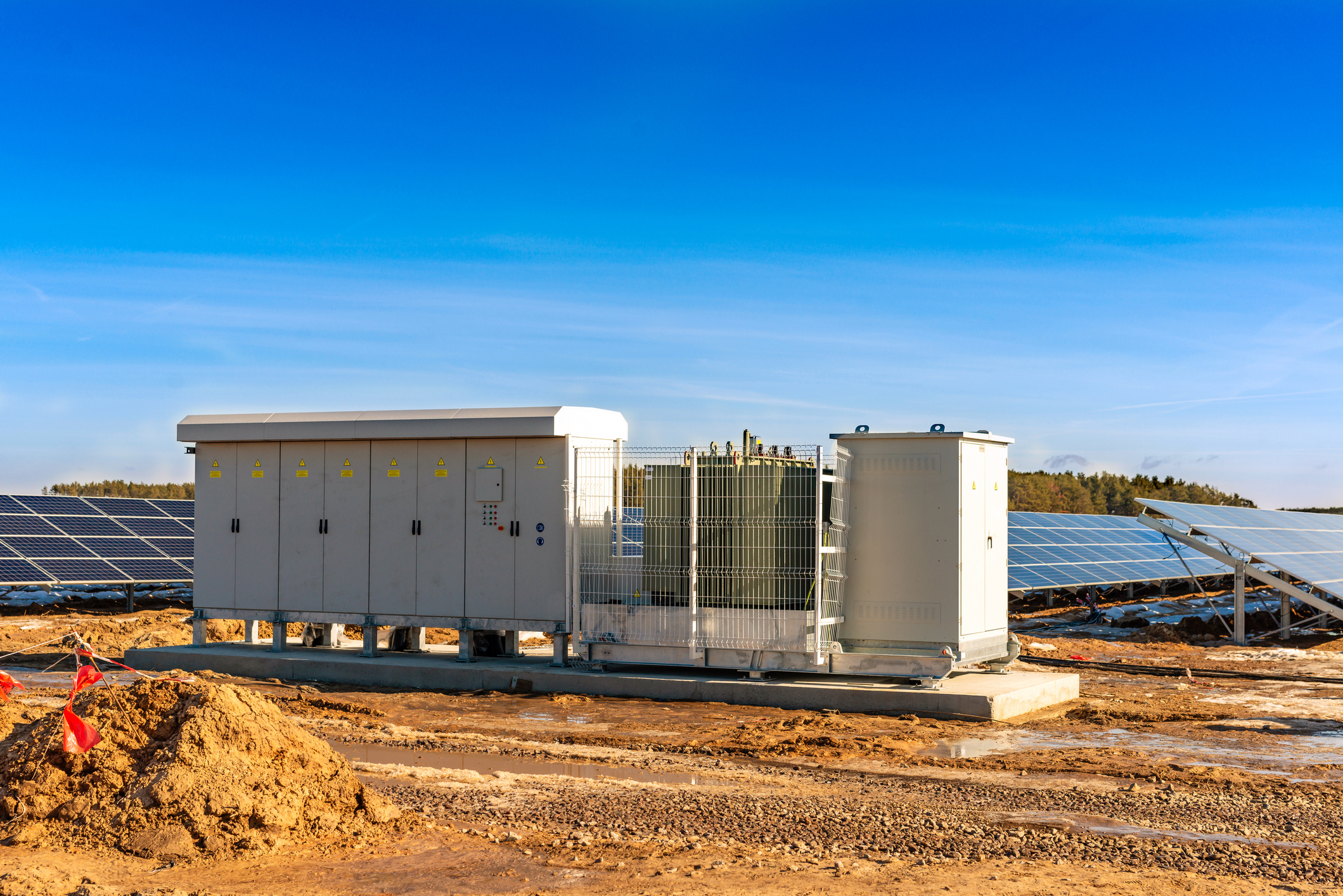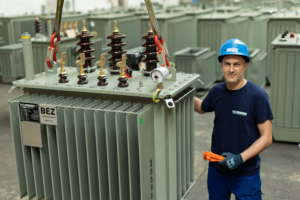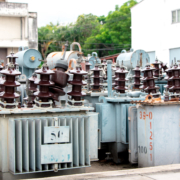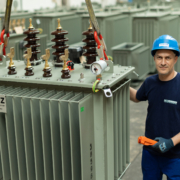Battery storage: the future of energy
Battery storage is becoming a key element of modern energy networks. They can stabilise the grid, provide back-up power and optimise power flow. They also represent a technical challenge for transformer and power distribution companies. But it is also an opportunity to integrate modern solutions into existing infrastructure. Choosing the right type of storage, its capacity and compatibility with transformers are critical factors for the efficient and reliable operation of any power system.
The importance of battery storage in modern energy networks
Modern electricity grids increasingly have to cope with fluctuations in power generation, especially as a result of the growing share of renewables. Battery storage makes it possible to smooth out such fluctuations and provides flexibility and a reliable supply of electricity. The main benefits of battery storage include:
- network stabilization,
- support for renewable sources
- and backup power supply.
However, battery storage integration is not just a question of battery capacity, but also of proper coordination with transformers and other grid infrastructure. Only a well-designed system can optimize power flow, extend equipment life and reduce operating costs.

Overview of battery storage technologies
There are a number of battery storage technologies that vary in capacity, durability, efficiency and cost:
- Lithium-ion batteries are the most widely used technology in modern storage. They are used in systems where fast and efficient energy regulation is required.
- Lead acid batteries are a traditional technology with lower costs. They are suitable for backup systems or smaller applications where high cycle frequency is not critical.
- Alternative technologies include sodium, vanadium and other battery types that may be more economically viable at large capacities.
Battery storage integration with transformers
Transformers play an important role in the distribution of electricity and its interconnection with storage, allowing power flow to be optimised and losses minimised. Efficient integration of battery storage with transformers is therefore crucial for reliable and energy-efficient grid operation.
- Battery storage needs to be sized to work with the capacity and voltage levels of the transformers.
- Modern systems allow intelligent control of the energy supply between the battery, transformer and grid according to actual demand and production.
- Properly designed interconnection protects transformers and batteries from overloads, voltage fluctuations and other faults.
The integration of battery storage represents a strategic step towards the modernisation of the energy infrastructure and provides transformer companies with a competitive advantage in implementing smart and flexible solutions.

Economic aspects, price and interconnection with transformers
When implementing battery storage, consider not only the battery technology, but also the type of transformers the storage will work with. The cost and efficiency of the overall system will then depend on the combination of these elements.
- Lithium-ion batteries provide high energy density and long life, making them ideal for working with dry-type transformers used in areas with high safety requirements.
- Larger battery storage is better combined with oil transformers that can handle higher loads and energy peaks.
- In industrial applications or critical equipment , special transformers are used which , together with battery storage, allow the power flow to be optimised and outages to be minimised.
Battery storage is an integral part of the modern energy sector, especially in an era of increasing renewable energy sources. The choice of the type of battery storage and its integration with dry oil or special transformers affects efficiency, reliability and return on investment.






